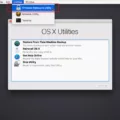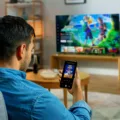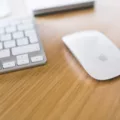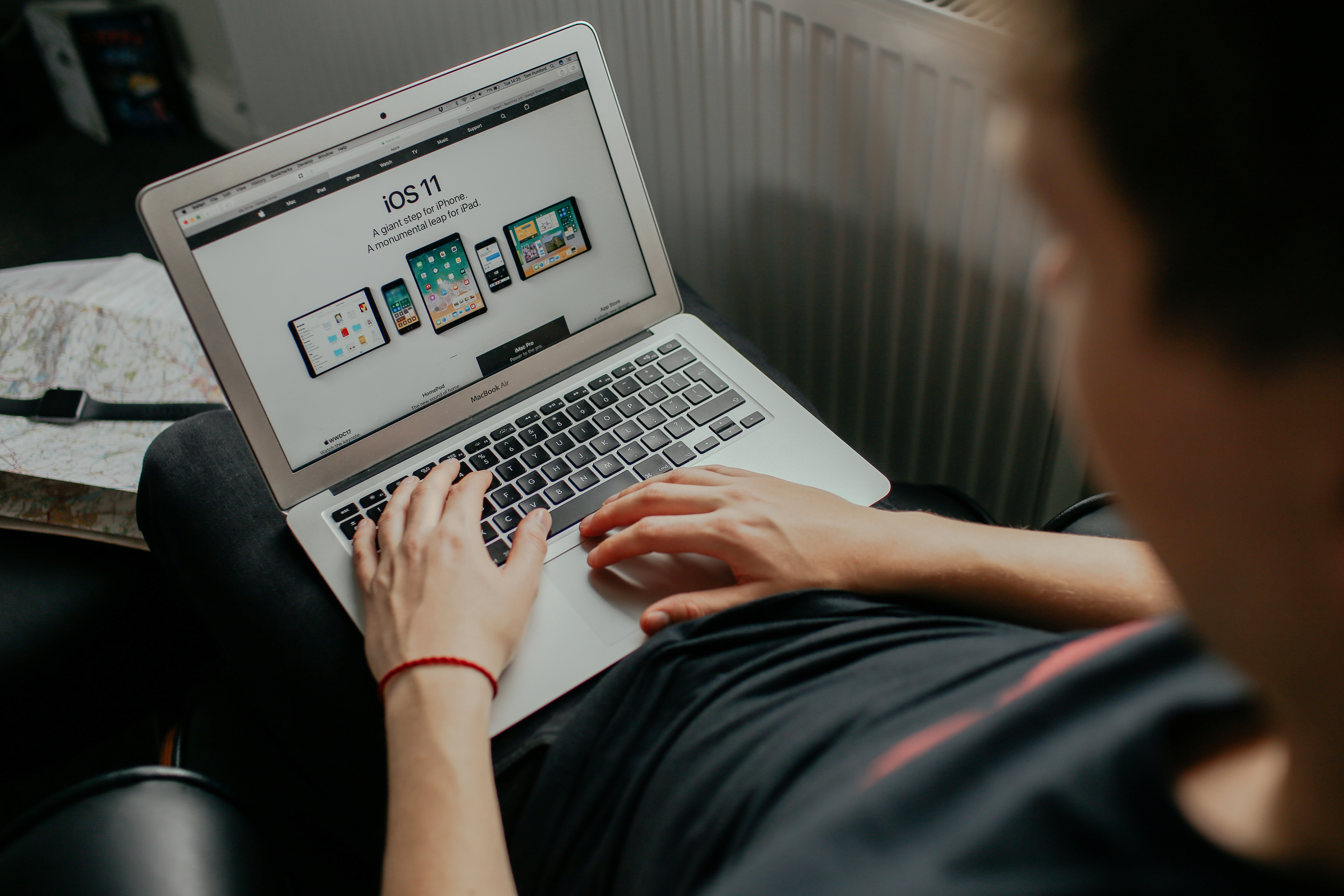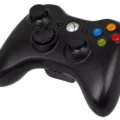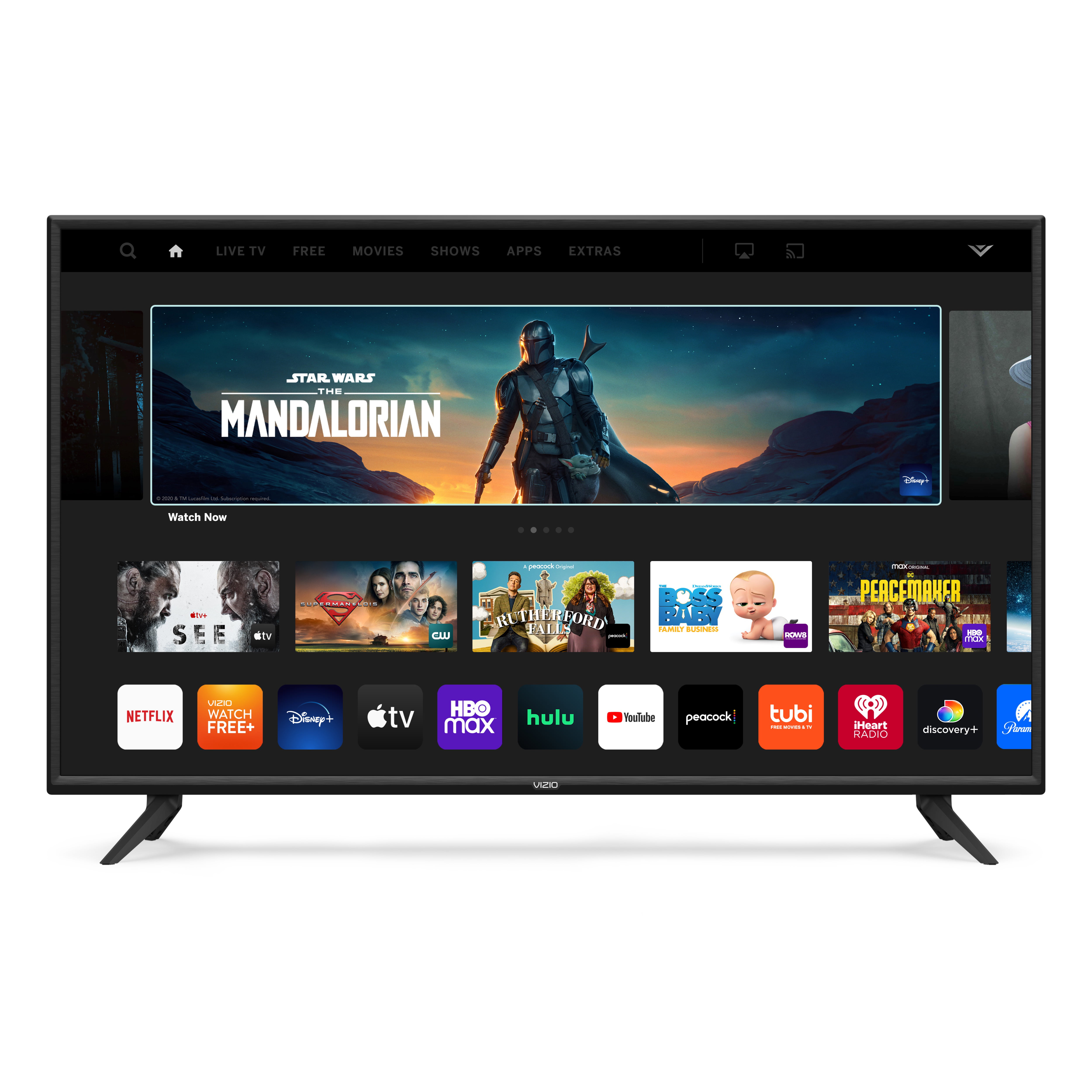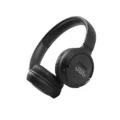When it comes to digital devices, USB ports are an essential component for connecting peripherals such as external hard drives, keyboards, and mice. However, there are times when USB ports can stop working, and this can be a frustrating experience for anyone.
There are several reasons why USB ports can stop working. One of the most common reasons is a hardware issue. Sometimes, the ports can become damaged and will no longer function correctly. In this case, a physical inspection of the USB ports is necessary to identify any visible damage.
Another reason why USB ports can stop working is power management settings. If the power settings are too aggressive, the USB ports may be disabled to conserve power. To check if this is the case, go to the Control Panel, then to Power Options, and click on Change Plan Settings. From there, click on Change Advanced Power Settings and expand the USB settings. Ensure that the settings are set to enable USB devices to remain powered on.
Another solution to try is resetting the USB ports. This can be done by disabling and re-enabling the USB controller. To do this, go to Device Manager and find the USB controller. Right-click on it and choose Disable. Wait a few seconds and then right-click again and choose Enable.
If none of these solutions work, you can also try using the Windows Troubleshooter. This tool can automatically detect and fix issues with USB ports. To use the troubleshooter, go to Control Panel, then to Troubleshooting, and select Hardware and Sound. From there, click on Hardware and Devices and follow the prompts.
USB ports not working can be a frustrating experience, but there are several solutions to try. By physically inspecting the ports, checking power management settings, resetting the USB ports through disabling and re-enabling the USB controller, or using the Windows Troubleshooter, you can often resolve the issue and get your USB ports back up and running.
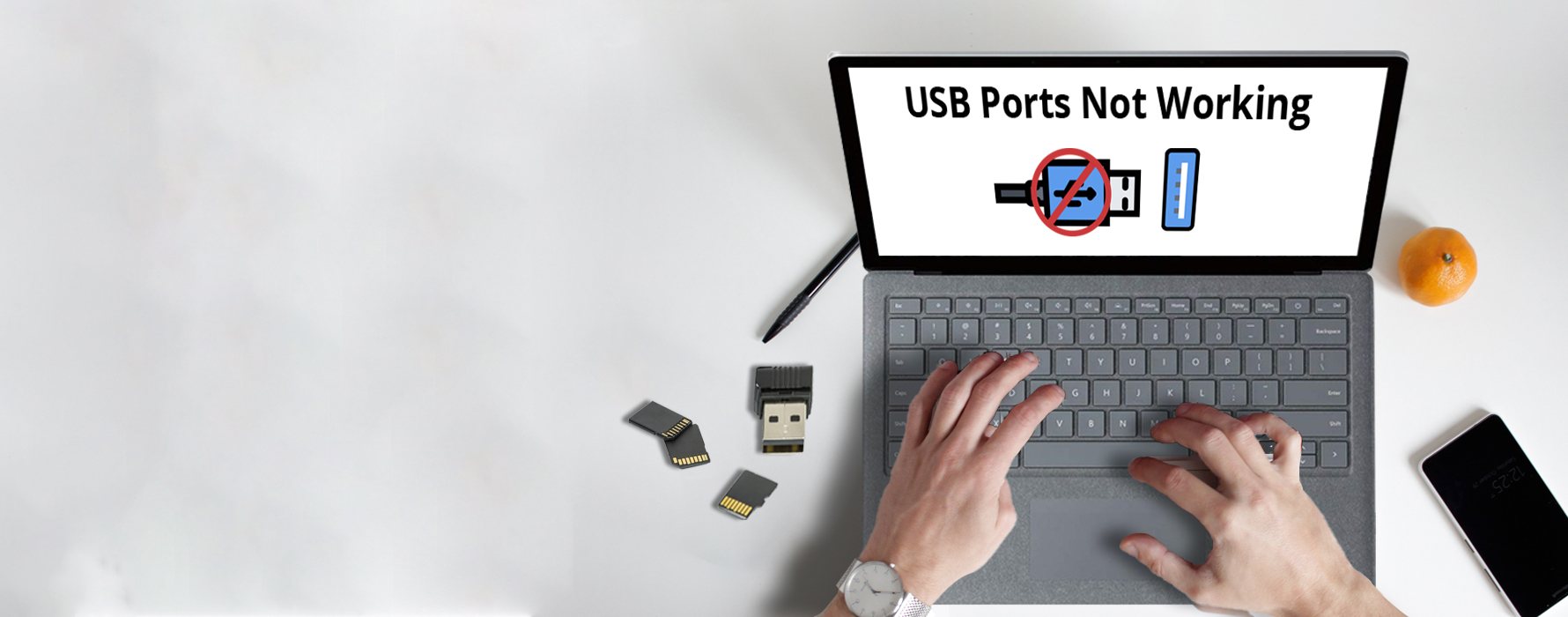
Sudden Loss of USB Port Functionality
There could be several reasons why your USB ports suddenly stopped working. One possible reason could be a driver issue. If the driver for your USB device is outdated or corrupted, it may prevent your computer from recognizing the USB device. Another possible reason could be a hardware issue. If there is a problem with the USB port itself, such as a loose connection or physical damage, it may prevent the USB device from functioning properly. Additionally, a virus or malware infection could also cause your USB ports to stop working. In some cases, the Selective Suspend feature in Windows may also be the culprit. This feature automatically puts inactive USB devices to sleep to conserve power, but it may not always wake them up correctly. If this is the case, disabling the Selective Suspend feature may help resolve the issue.
Resetting USB Ports
Resetting USB ports can help resolve issues such as malfunctioning, slow transfer speed, or failure to detect devices. Here are five solutions to reset USB ports:
1. Physically inspect the USB ports: Check if there are any visible damages or obstructions, such as dust or debris, inside the ports. Use a can of compressed air to clean them.
2. Restart your computer: Sometimes, a simple restart can solve the USB port issues. Turn off your computer, unplug the power cord, wait for a few seconds, and restart it.
3. Check your Power Management Settings: Your computer’s power management settings may be causing the USB ports to sleep, which can lead to issues. Go to the Device Manager, find the USB controller, and uncheck the option “Allow the computer to turn off this device to save power.”
4. Reset USB Ports by Disabling and Re-enabling the USB Controller: Go to the Device Manager, find the USB controller, right-click on it, and select “Disable.” Wait for a few seconds and then right-click on it again and select “Enable.”
5. Reset USB Ports with Windows Troubleshooter: Go to the Control Panel, click on “Troubleshooting,” select “Hardware and Sound,” and then “Configure a device.” Follow the on-screen instructions to complete the troubleshooting process.
By following the above solutions, you can reset your USB ports and troubleshoot any issues that you may be experiencing.
Repairing USB Ports: Is It Possible?
It is possible to repair USB ports. In most cases, faulty USB ports can be fixed by making a physical check and repair if necessary. Here are the steps you can follow to repair your USB port:
1. Make a physical check: Check the USB port for any visible physical damage. Look for any bent or broken pins, debris, or dirt inside the port that may be causing the problem.
2. Clean the port: If you find any dirt or debris inside the port, clean it carefully with a soft-bristled brush or a can of compressed air. Be careful not to damage any of the pins inside the port.
3. Check the cable: Try using a different USB cable to see if the problem is with the port or the cable. If the cable is the issue, replace it with a new one.
4. Update drivers: If the USB port is still not working, check to see if you need to update your drivers. Go to your device manager and look for any yellow exclamation marks next to the USB port. If you see any, right-click and select “update driver.”
5. Make a physical repair: If none of the above steps work, it may be necessary to make a physical repair to the port. This may involve soldering or replacing the port, so it’s best to take it to a professional technician.
USB ports can be repaired, and the process may involve making a physical check, cleaning the port, trying a different cable, updating drivers, and making a physical repair if necessary.
Conclusion
USB ports not working can be a frustrating issue for users who depend on their devices for various purposes. However, there are several solutions that you can try to reset your USB ports and get them working again. Physically inspecting the ports, restarting your computer, checking your power management settings, resetting USB ports through disabling and re-enabling the USB controller, and using the Windows troubleshooter are some of the effective ways to solve the problem. It’s essential to make sure that your USB port is not physically damaged and make any necessary repairs before trying other solutions. By following these steps, you can troubleshoot USB port issues and get your devices back up and running in no time.

